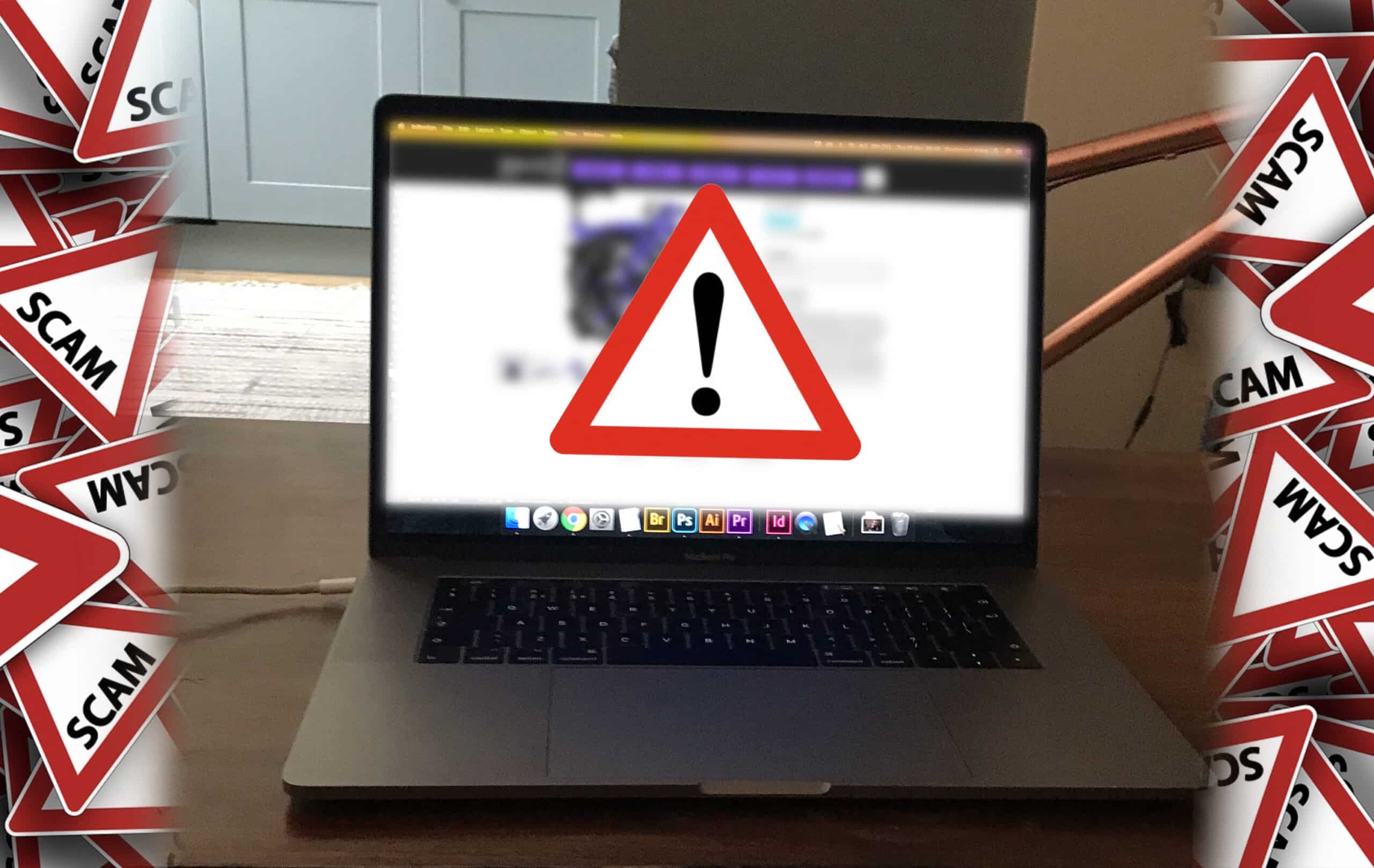Off the back of a couple of stories we’ve published, and a suggestion from someone in the Forum, we thought we’d give you a bit of a guide to spotting a scam bicycle sales website. Even if they pass all these tests, if something smells off… well, be careful. How badly do you need the deal, and can your local bike shop help you instead? Is that extra £50 quid saved really worth the aggro and stress?
1. Are they official dealers?
If they’re selling bikes but aren’t listed on the brand or distributor’s website, there’s a good chance they’re not an official dealer. That doesn’t mean the bikes aren’t real – there are grey market resellers out there – but you’ll not always get the same access to warranty and after sales support if you buy outside the official retail network. A quick call or message to the brand or their distributor should clarify this for you.
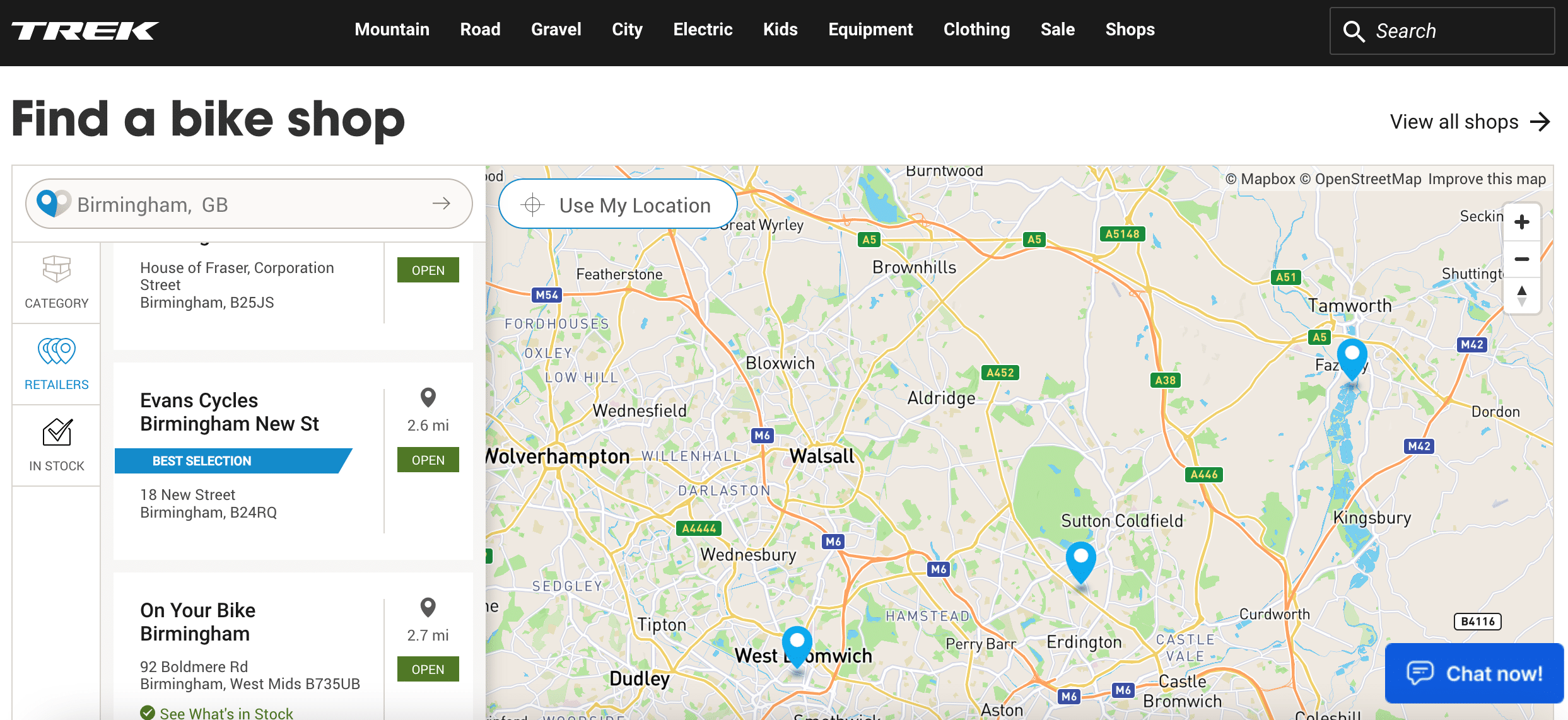
2. Are the details right?
Do the pictures match the descriptions? Are the bikes properly categorised, or are there road bikes listed under mountain bikes, or enduro bikes under commuter bikes? Can you pick a size? Does the information match what’s on the brand’s website? Shonky information is a sign that things are fishy.
3. Are they listed on Companies House?
Sole Traders don’t have a Companies House listing, but most retailers big enough to be running a website and selling bikes are going to be Limited Companies. If they are a Sole Trader, there’s a higher chance you’re looking at grey market stock, especially if they don’t have a bricks and mortar shop providing servicing or similar.
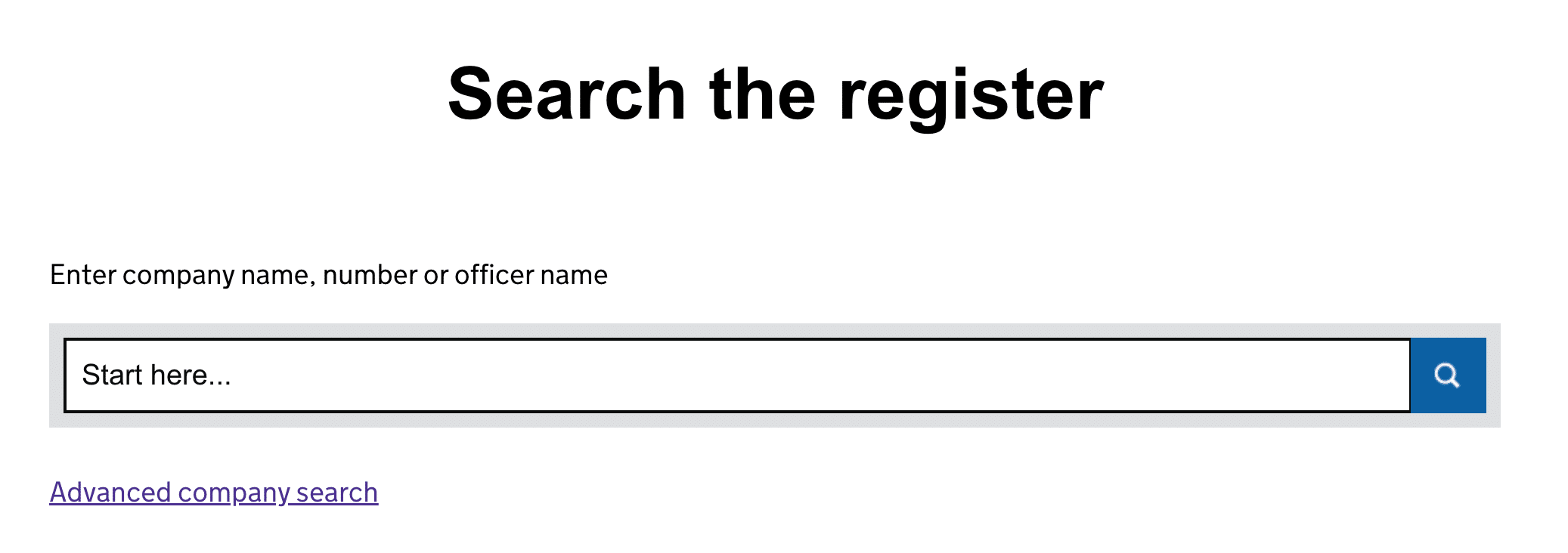
4. Does the Companies House information match up with the real world?
Look on Google Streetview – is that really a bike shop, or just a random residential house that’s been plucked as a handy address to use on a fake company registration? Just because it doesn’t look like a bike shop doesn’t mean it’s dodgy – it might just be a registered business address, with operations elsewhere. But, combined with other issues here, it’s another red flag to add to the list.
5. Do they list a VAT number on their site?
They should. Anyone with a turnover of over £85k should be VAT registered. If they’re selling bikes, they’re likely to hit that threshold pretty quickly and should be able to provide you with their VAT registration number. You can then check the VAT number against the register to check the details match up.
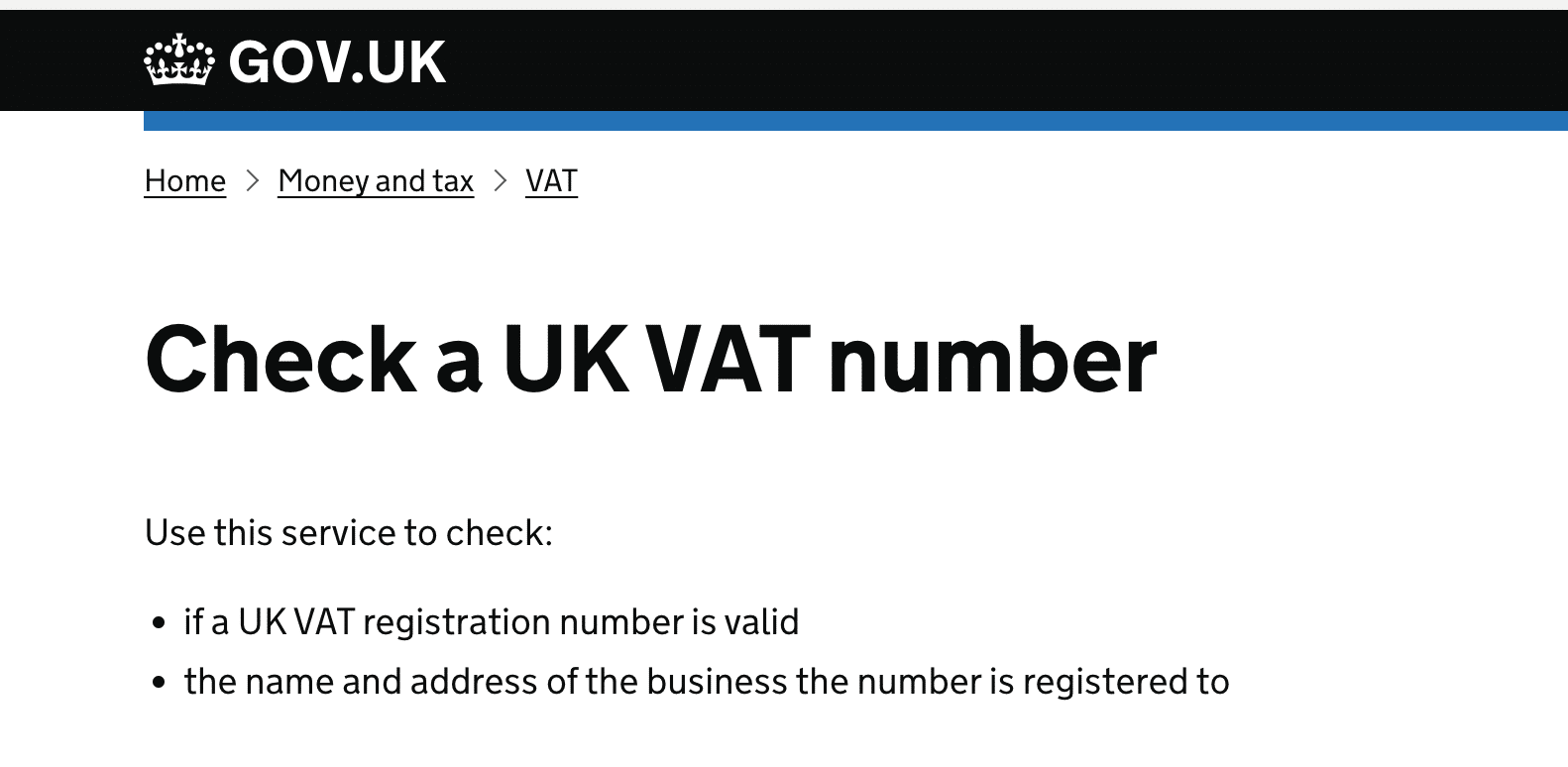
6. When was the site registered?
The web offers a range of sites that will check when a site was registered, and often give you a bit more information about how the site was created. For example, on GoDaddy you can see if it’s a Wix site – that’s a DIY website builder that could well be a sign that it’s not a legit site. Someone selling high value bikes over the web is likely to have invested in getting a professional to build their site. A site that’s only been around for a month or two is another potential red flag – scammers tend to set up sites – often along with social media feeds – and only stick around for a short period before shutting up shop (along with any money or card details they’ve managed to gather).
7. Are there any social media feeds with comments or reviews?
Disgruntled customers will often take to social media – look out for anyone saying they’ve been ripped off. Also look out for new Facebook pages that were set up around the same time as the website. Think about it: if you were starting a new bike business, you’d probably invite your friends to follow you, post pictures of you and your bikes/office/local trails, wouldn’t you? If there aren’t a bunch of followers or real life looking posts, it’s another sign it’s likely fake.
8. What does Trust Pilot say?
A business that is Verified on Trust Pilot is a good sign, even if it doesn’t have any reviews. Bad reviews on Trust Pilot along with unverified status are a sign to stay well clear.
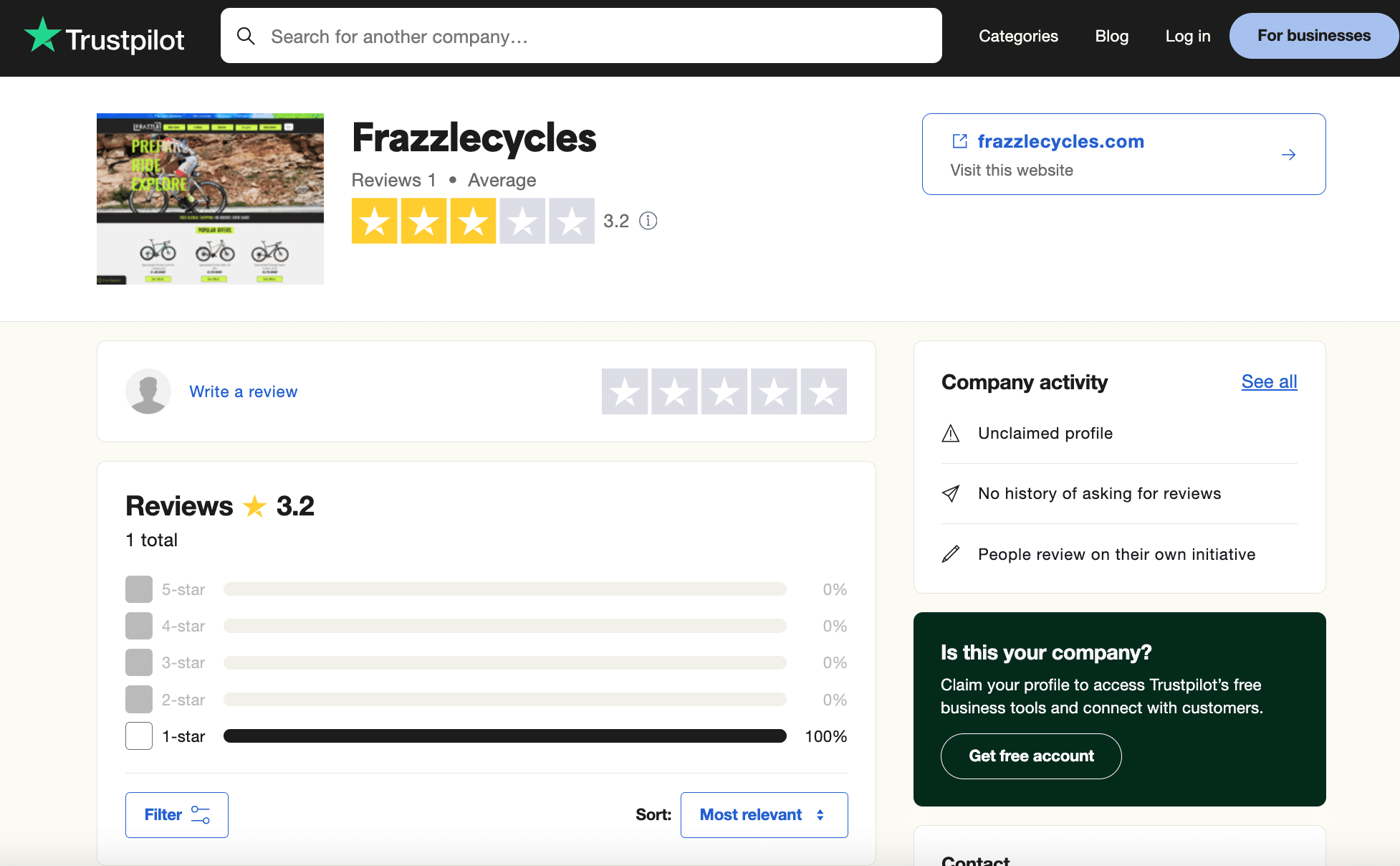
9. Use a site trust checker.
You could skip all that and try a free online site trust checker. These will give a score of trustworthiness, along with any red flags. It’s not foolproof, you may get different results from different services, and on its own its not enough to prove something is definitely a scam, but it’s a quick and dirty first step to setting those alarm bells ringing.
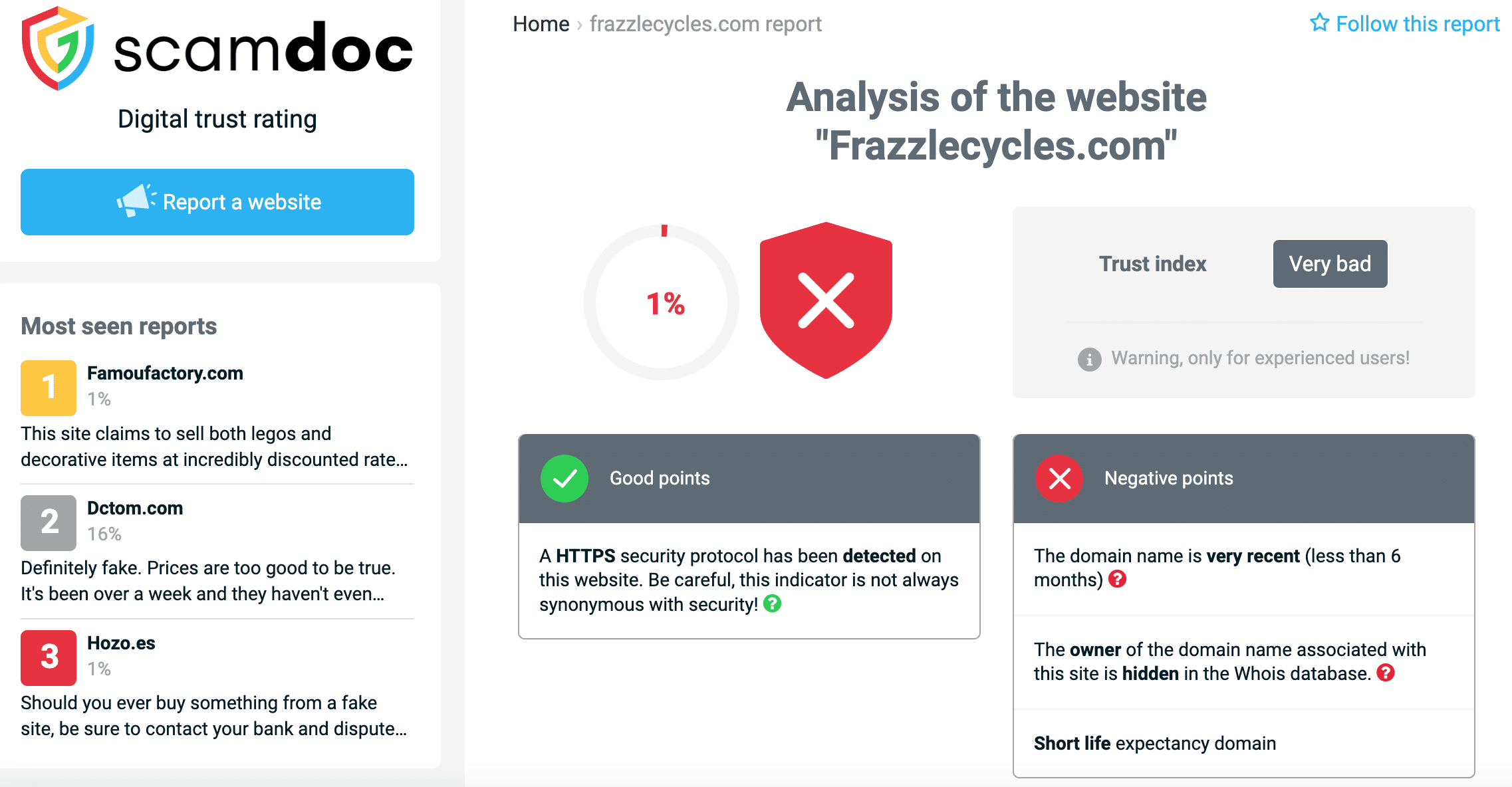
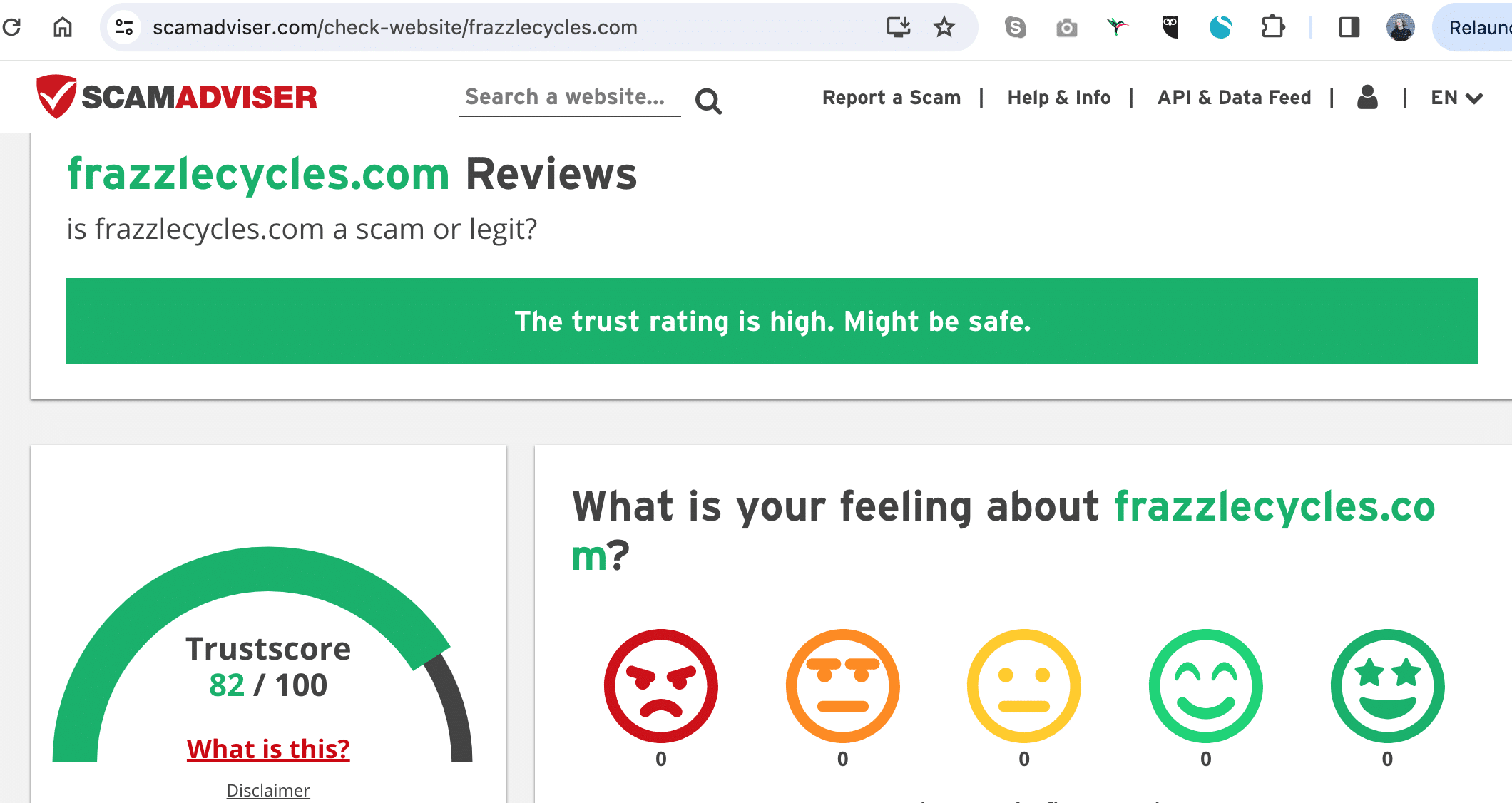
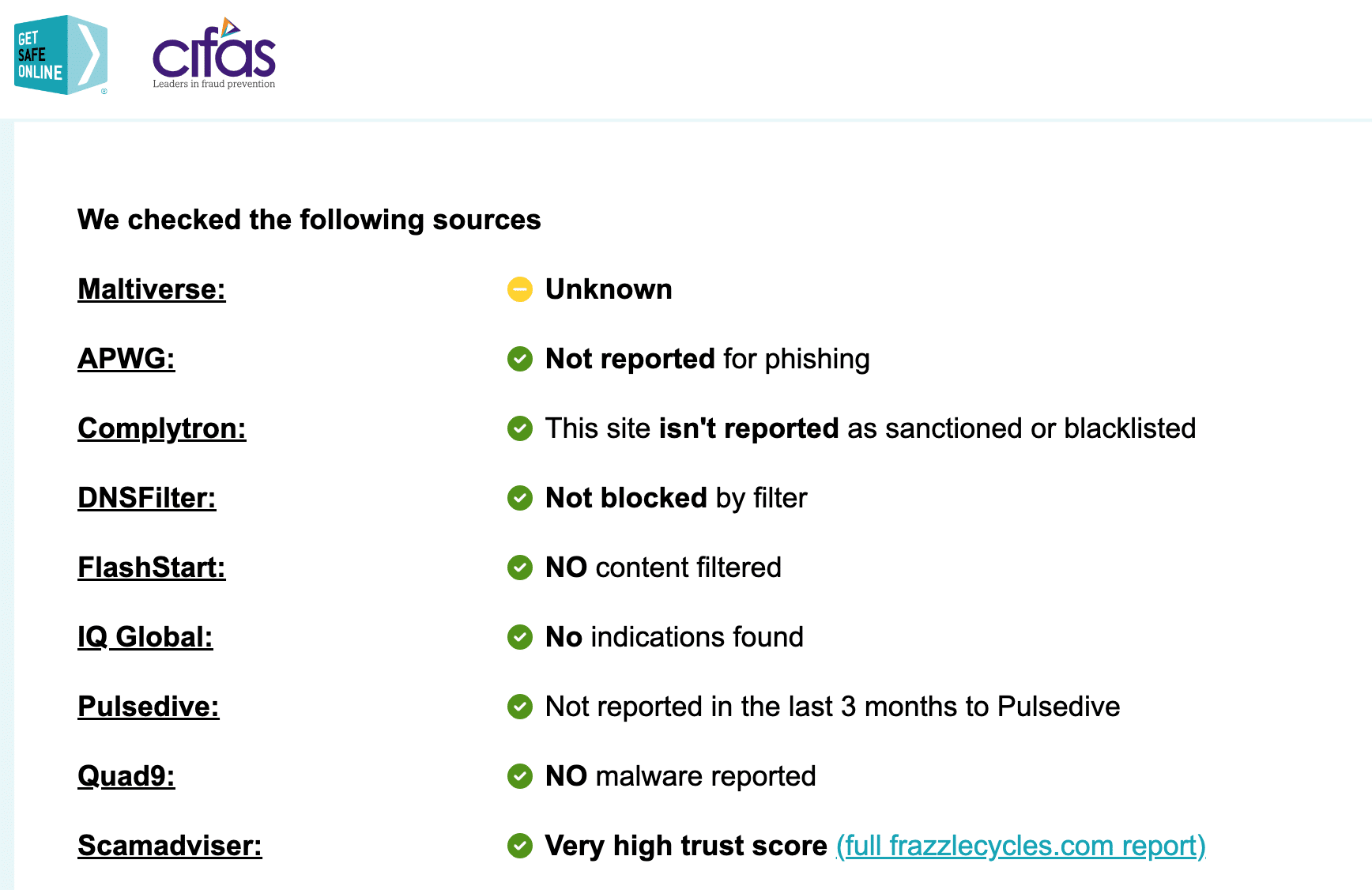
Ok, I’m convinced, it’s a scam. What shall I do?
Don’t spend your money there! And to help warn others, you could leave them a review on Facebook and/or Trustpilot. You can also report suspect sites to the National Cyber Security Centre.
Oh heck, I’ve been scammed. What shall I do?
- Contact your bank and report it – you might be lucky and be able to stop the payment or get the money back. You may also be able to set up extra protections or restrictions on your account.
- Change your passwords to help prevent them using your information again.
- Keep a close eye on your bank accounts for any future suspicious transactions.
- Be extra wary of possible phishing schemes – if you’ve given away your information, it makes it easier for scammers to make authentic looking emails (or convincing phone calls) in future.
- Report it to the National Cyber Security Centre.
Just because a website has a few of these red flags does not necessarily mean it is not genuine – rather it means you should look closer and do some more due diligence before you spend your cash. Safe shopping everyone!
BETTER THAN HALF PRICE
Better than half price deals →

